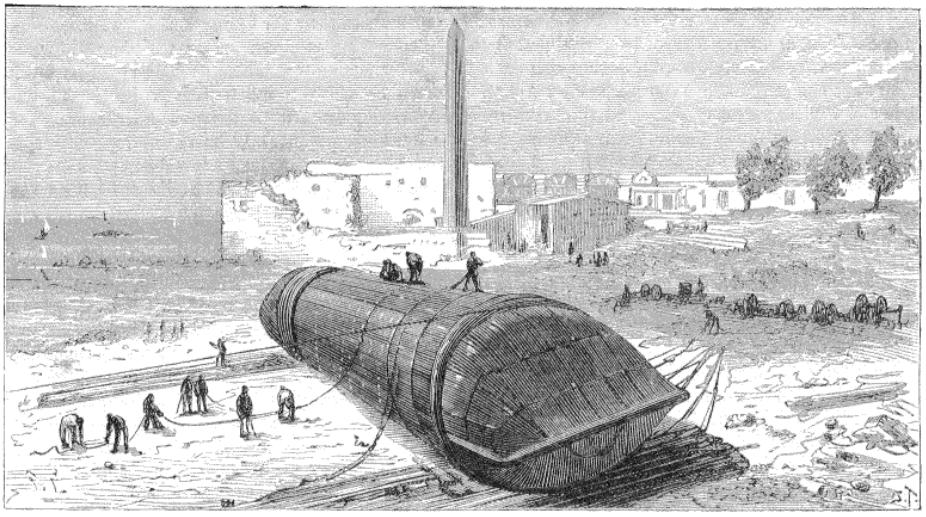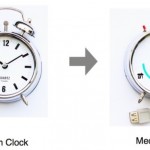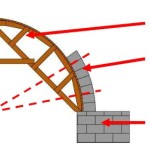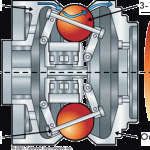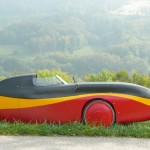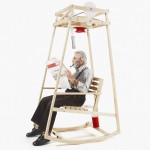“This carefully produced downloadable and printable net file represents an iconic Hasselblad camera as a low impact and functional product that is available to all as an A4 sized, 8 page PDF. The camera takes 35mm film and takes 12-14 images per roll.”
Via Lloyd Alter (and others). Previously: The pinhole camera: low-tech photography
